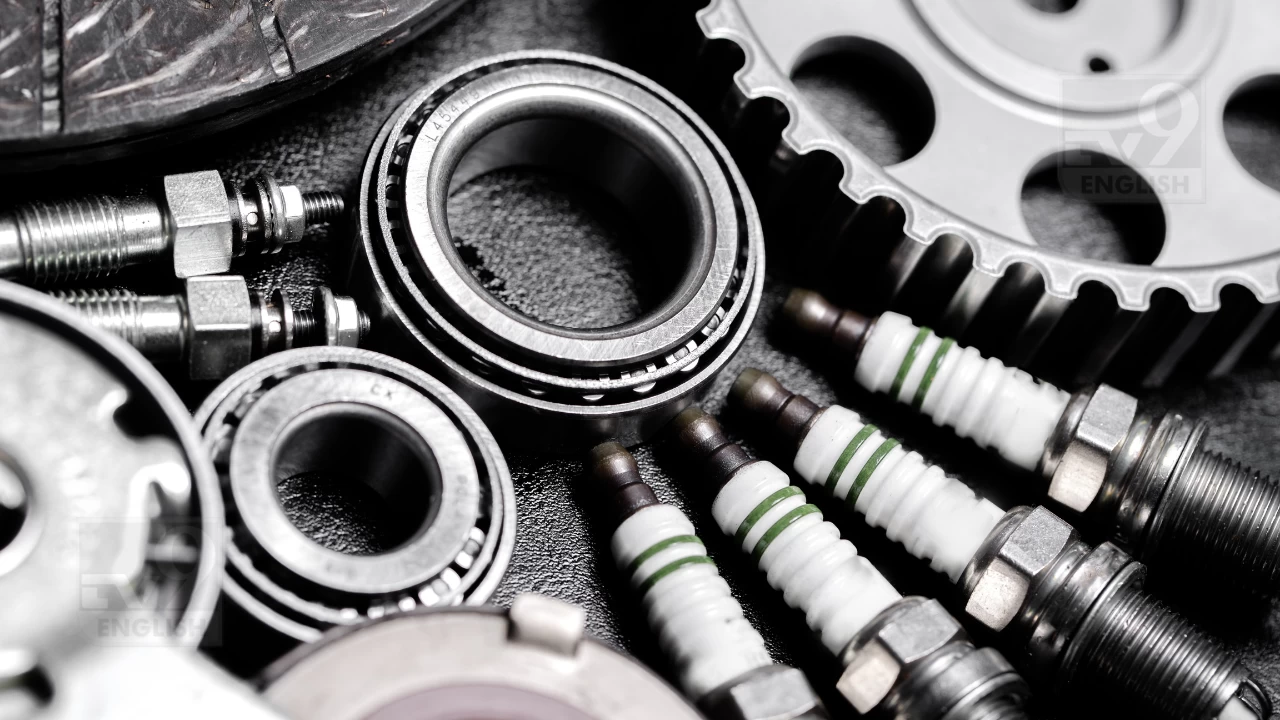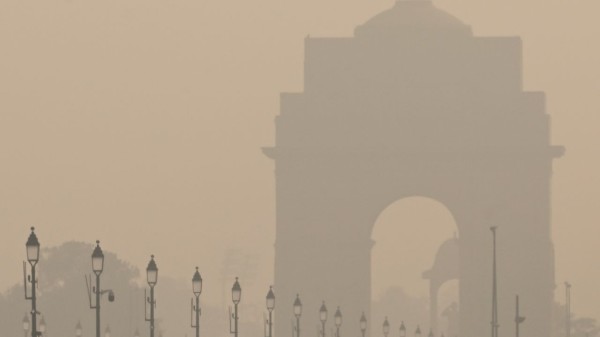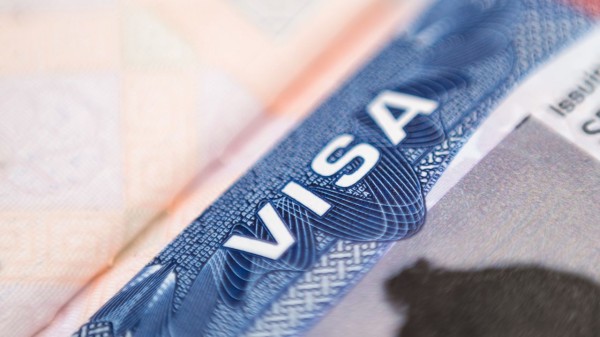

By signing in or creating an account, you agree with Associated Broadcasting Company's Terms & Conditions and Privacy Policy.


By signing in or creating an account, you agree with Associated Broadcasting Company's Terms & Conditions and Privacy Policy.

New Delhi: The Indian auto components industry may be heading into rough weather, as former US President Donald Trump announced fresh tariffs on Indian auto part imports. According to industry insiders, the move could affect nearly half of India’s USD 7 billion (approx. Rs 59,500 crore) exports to the United States.
The timing of this action has sparked political and economic speculation. Trump, who is seeking another term at the White House, signed an executive order this week introducing an additional 25 percent tariff on Indian auto parts, bringing the total levy on certain categories to 50 percent. The US has already been charging 25 percent duty on passenger cars, small trucks, and their components. This latest move extends the high tariffs to parts for commercial vehicles, earth-moving machinery, and tractors.
This new policy is being seen as retaliation for India’s continued oil imports from Russia, even as Western allies seek to isolate Moscow over the Ukraine conflict. Trump claimed that India’s ties with Russia undermine US national security and foreign policy. The fallout is now hitting India’s largest auto export market. For context, the US accounts for around 32 percent of India’s auto parts exports in FY25.
What’s more, India doesn’t export passenger vehicles to the US in any notable numbers, so the brunt of the tariffs falls squarely on components. These range from engine parts, braking systems, transmissions, and electronic sensors to plastic moldings and seat frames.
The Automotive Component Manufacturers Association of India (ACMA) acknowledged that the decision has created near-term challenges for exporters. The body noted that the US accounted for 27 percent of India’s USD 22.9 billion (around Rs 1.94 lakh crore) auto component exports and 7 percent of imports in FY25.
Shradha Suri Marwah, the current President of ACMA, said the US tariff hike shows how global trade is shifting rapidly. She said that while this move may hurt Indian exporters in the short term, it is also a reminder that the sector needs to boost value addition and expand into new markets. She stressed that the trade bond between India and the US is strong and should help both sides talk through the issue.
ACMA has urged the industry to treat this situation as a wake-up call. The focus, it said, must shift towards improving domestic value addition, accelerating innovation, and exploring new global markets. It also expressed faith in India's trade dialogue with the US, hoping for a resolution through diplomatic engagement.
Industry leaders believe this could reshape supply chain strategies and sourcing for Indian manufacturers. Some exporters may consider shifting focus towards Europe, Latin America, and Southeast Asia to balance the risks posed by the US market.
This tariff hike is likely to affect small and mid-sized firms the most, especially those dependent on large OEM orders from American clients. Bigger players with diversified export portfolios might weather the blow better, but even they face pricing pressures.
Here are the key impacts expected:
In comparison, India levies 5 to 15 percent customs duty on auto parts imported from the US. This uneven trade setup has long been a point of contention in bilateral trade talks, but India has so far refrained from any tit-for-tat response.
With global trade winds turning political again, the auto sector may have to tread carefully. There’s cautious optimism that dialogue between New Delhi and Washington could de-escalate the situation, but for now, the tariff heat is real and immediate.








